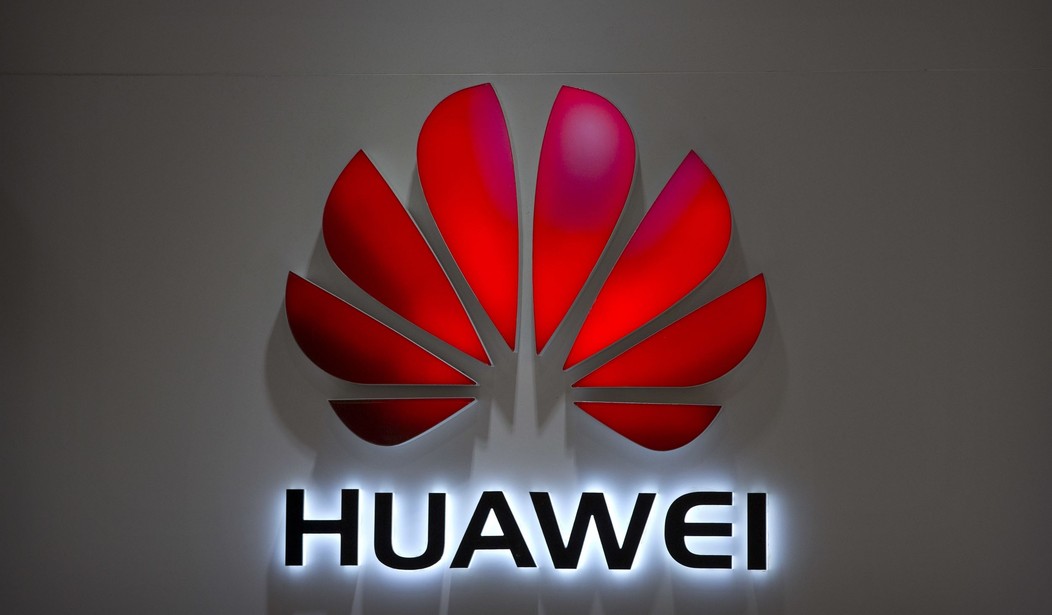The timing of the release of Huawei’s new Mate 60 Pro smart phone was probably not accidental. The new phone, featuring an updated chip manufactured in China was released just as Commerce Secretary Gina Raimondo was visiting the country.
Chinese social media users are having fun teasing the U.S. government and the (in)effectiveness of its technology sanctions on chipmaking equipment. U.S. Secretary of Commerce Gina Raimondo has been a particular target, as her visit to China coincided with the Huawei Mate 60 Pro launch, a smartphone packing new cutting-edge Chinese technology that was produced exclusively by heavily sanctioned Chinese chipmaker SMIC.
Raimondo has been memed into a Huawei brand ambassador, notes Huawei Central in its coverage of this story outlining the tumultuous few years Huawei has been through. The meme fun stems from Huawei’s success in developing the sanctions-defying Kirin 9000S SoC, the power behind the new Huawei Mate 60 Pro, and various related technological breakthroughs. Significantly, much of this advanced new tech may never have been developed and produced in China if the US hadn’t imposed its far-reaching sanctions.
China’s Huawei was cut off from western supplies and equipment in 2019 and for a while it looked like the company was struggling to survive. But a big investment from the Chinese government helped it recover. So how was Huawei able to produce such high quality chips without being able to purchase the most advanced ASML EUV machines? China’s Semiconductor Manufacturing International Corp (SMIC) found a way to tweak the older machines they are still able to buy, though there is a big downside.
The most advanced chip SMIC had previously been known for making had a larger scale of 14nm, because SMIC was barred by Washington in late 2020 from obtaining the necessary machines from Dutch firm ASML.
But TechInsights said in 2022 it believed SMIC had managed to produce 7nm chips by tweaking simpler machines that it could still purchase freely from ASML. However, some research firms have forecast that only 50% or fewer of 7nm chips produced this way would turn out to be usable, versus the industry norm of 90% or more, and it would limit shipments of the resulting smartphones.
Outside China, the best 7nm chips are made using a process called extreme ultraviolet lithography (EUV) – a closely guarded technology that the US is leading the push to keep out of Beijing’s hands.
“The [US] controls are imposing high costs for producing controlled technologies in China,” said Doug Fuller, a chip researcher at the Copenhagen Business School, adding that the Chinese government was likely footing the bill.
So the creation of this more updated chip isn’t a complete mystery but that still doesn’t explain how Huawei was able to source parts for an entirely new phone.
“I think the reaction in China seems to be one of mass excitement because Huawei, which was at one time vying to be the number one smartphone brand worldwide, is seen to be fighting its way back into the smartphone market with Chinese-made silicon, and has no doubt been trading on a ‘Made In China’ mantra,” David McQueen, a director at market research firm ABI Research, told CNN.
But he said the launch also raises questions around how Huawei managed to launch the phone when it has spent the past four years under US restrictions banning access to 5G technology.
“While access to 5G for the chipset is one thing, I’m not sure how the company managed to source all the other components that need to go into a 5G smartphone, such as power amps, switches and filters,” he said.
So China is now probably 3 years behind the western world instead of 10 years behind, though it has only gotten there using chip making machines it bought from ASML. Also, it’s probably forced to toss out half the chips it is making because they don’t work. Still, it’s cause for celebration among Chinese nationalists and Chinese consumers are reportedly buying up the phones faster than Huawei can keep them in stock.
Also not coincidentally, China just announced that government workers can no longer use iPhones.
In recent weeks, staff were given the instructions by their superiors in workplace chat groups or meetings, the people said. The directive is the latest step in Beijing’s campaign to cut reliance on foreign technology and enhance cybersecurity, and comes as China seeks to limit flows of sensitive information outside of China’s borders.
The move by Beijing could have a chilling effect for foreign brands in China, including Apple. Apple dominates the high-end smartphone market in the country and counts China as one of its biggest markets, relying on it for about 19% of its overall revenue.
I’m guessing a lot of those people who can no longer use iPhones are running out to get the new Huawei Mate 60 Pro.








Join the conversation as a VIP Member